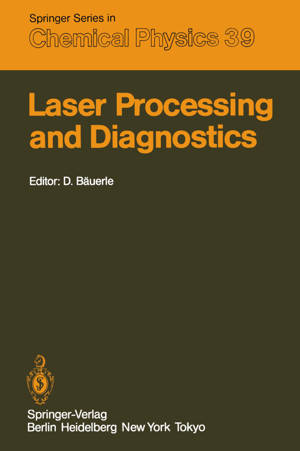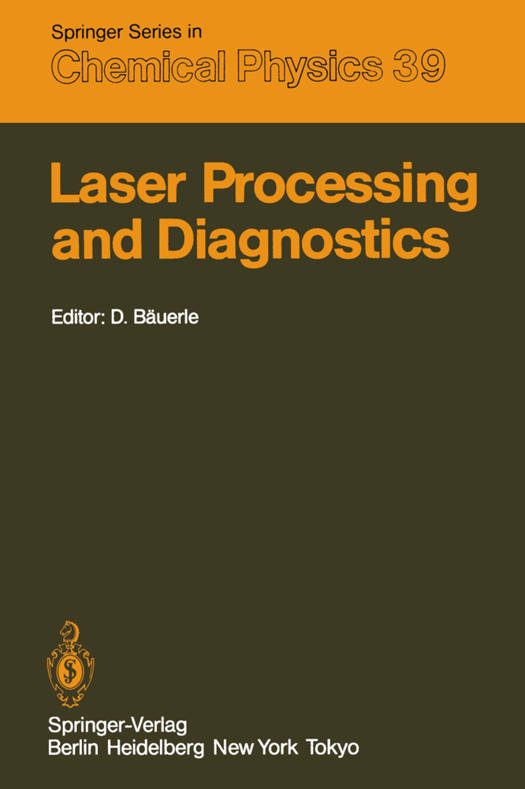
- Afhalen na 1 uur in een winkel met voorraad
- Gratis thuislevering in België vanaf € 30
- Ruim aanbod met 7 miljoen producten
- Afhalen na 1 uur in een winkel met voorraad
- Gratis thuislevering in België vanaf € 30
- Ruim aanbod met 7 miljoen producten
Laser Processing and Diagnostics
Proceedings of an International Conference, University of Linz, Austria, July 15-19, 1984
€ 112,95
+ 225 punten
Omschrijving
Laser processing is now a rapidly increasing field with many real and potential applications in different areas of technology such as micromecha- nics, metallurgy, integrated optics, and semiconductor device fabrication. The neces s ity for such soph i st i cated 1 i ght sources as 1 asers is based on the spatial coherence and the monochromaticity of laser light. The spatial coherence permits extreme focussing of the laser light resulting in the availability of high energy densities which can be used for strongly loca- lized heat- and chemical-treatment of materials, with a resolution down to 1 ess than 1 lJIll. When us i ng pul sed or scanned cw-l asers, 1 oca 1 i zat i on in time is also possible. Additionally, the monochromaticity of laser light allows for control of the depth of heat treatment and/or selective, nonthermal bond breaking - within the surface of the material or within the molecules of the surrounding reactive atmosphere - simply by tuning the laser wavelength. These inherent advantages of laser light permit micromachining of materials (drilling, cutting, welding etc. ) and also allow single-step controlled area processing of thin films and surfaces. Processes include structural transformation (removal of residual damage, grain growth in polycrystalline material, amorphization, surface hardening etc. ), etching, doping, alloying, or deposition. In addition, laser processing is not 1 imited to planar substrates.
Specificaties
Betrokkenen
- Uitgeverij:
Inhoud
- Aantal bladzijden:
- 554
- Taal:
- Engels
- Reeks:
- Reeksnummer:
- nr. 39
Eigenschappen
- Productcode (EAN):
- 9783642823831
- Verschijningsdatum:
- 7/01/2012
- Uitvoering:
- Paperback
- Formaat:
- Trade paperback (VS)
- Afmetingen:
- 156 mm x 234 mm
- Gewicht:
- 789 g

Alleen bij Standaard Boekhandel
+ 225 punten op je klantenkaart van Standaard Boekhandel
Beoordelingen
We publiceren alleen reviews die voldoen aan de voorwaarden voor reviews. Bekijk onze voorwaarden voor reviews.









